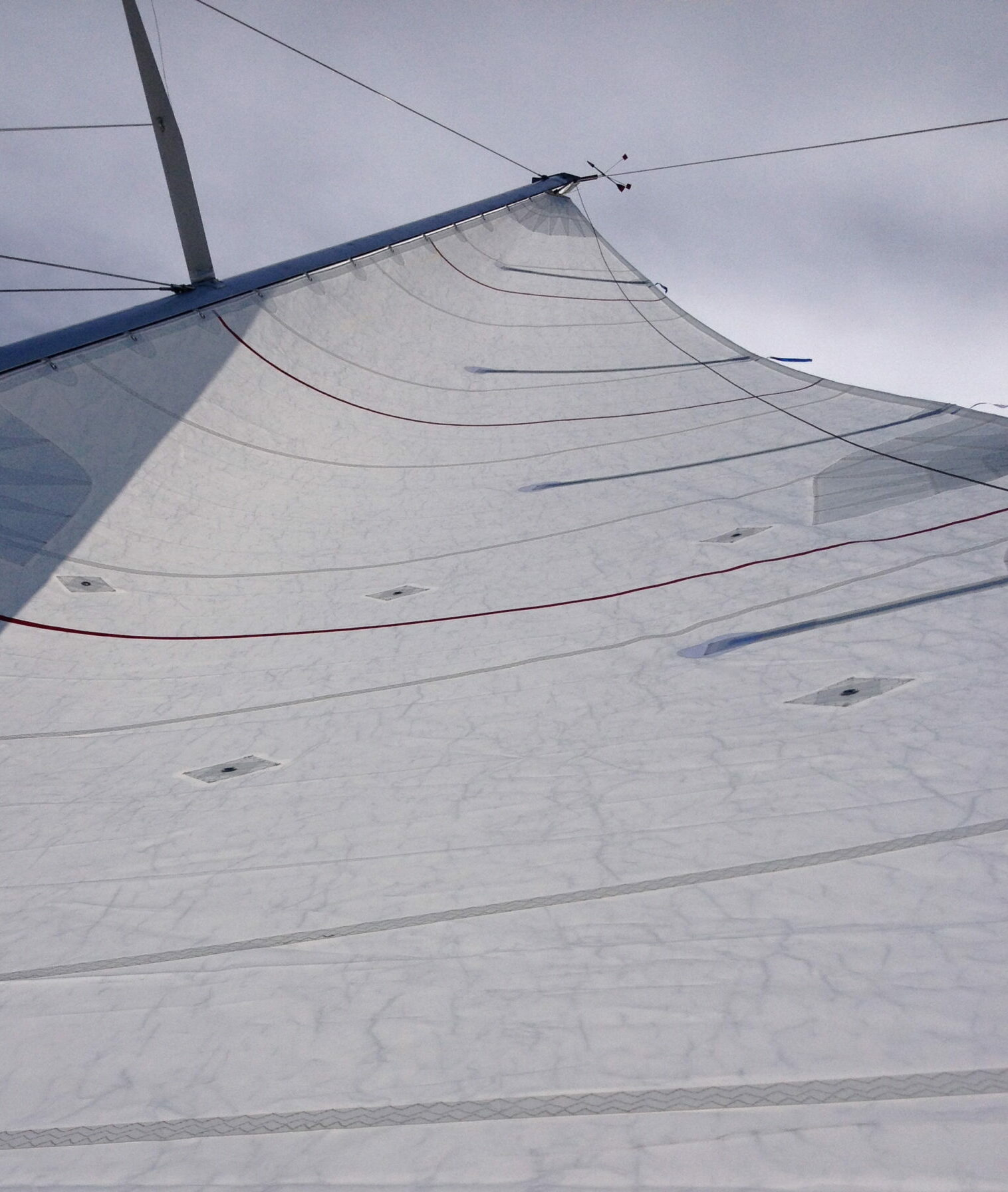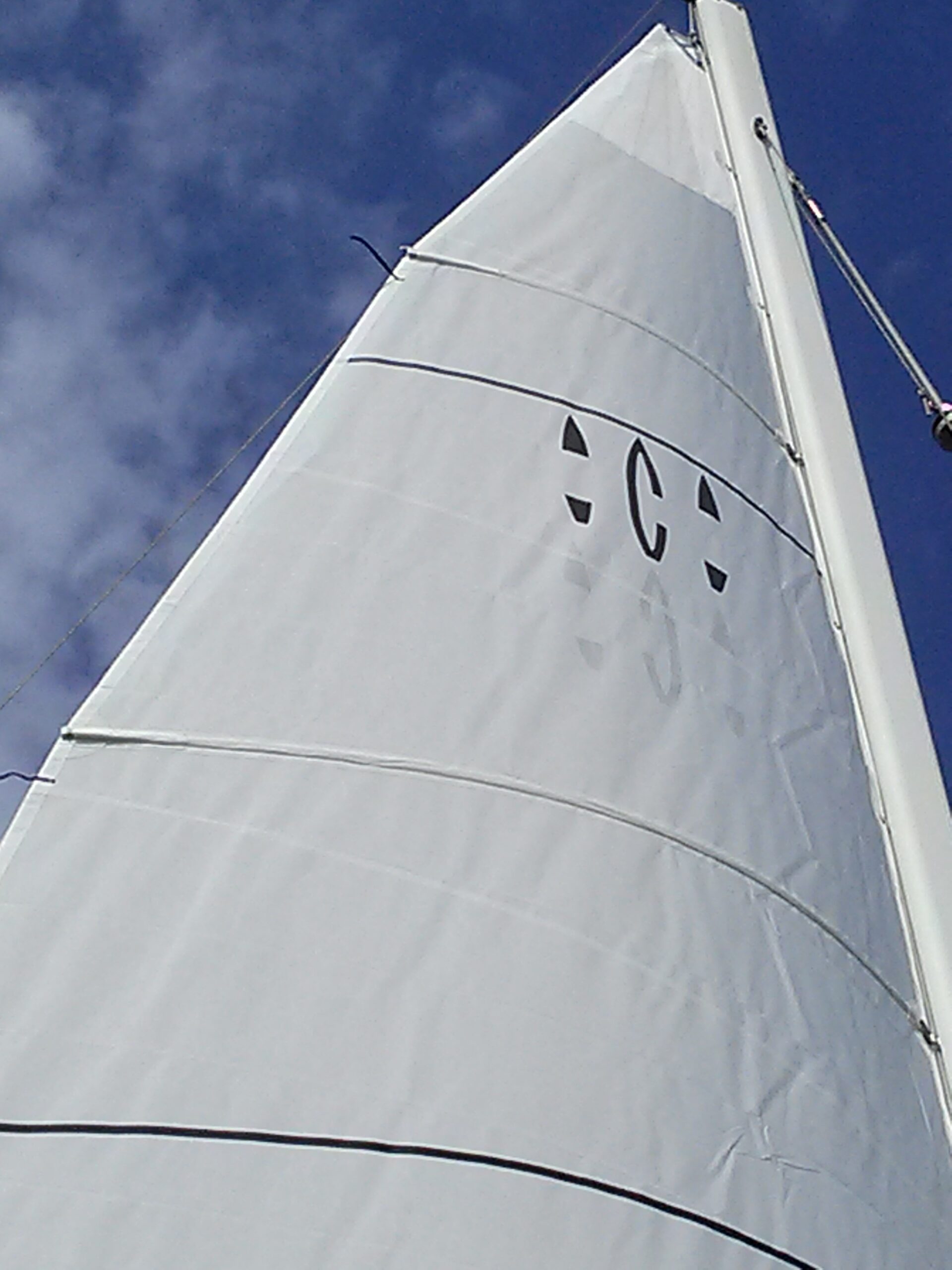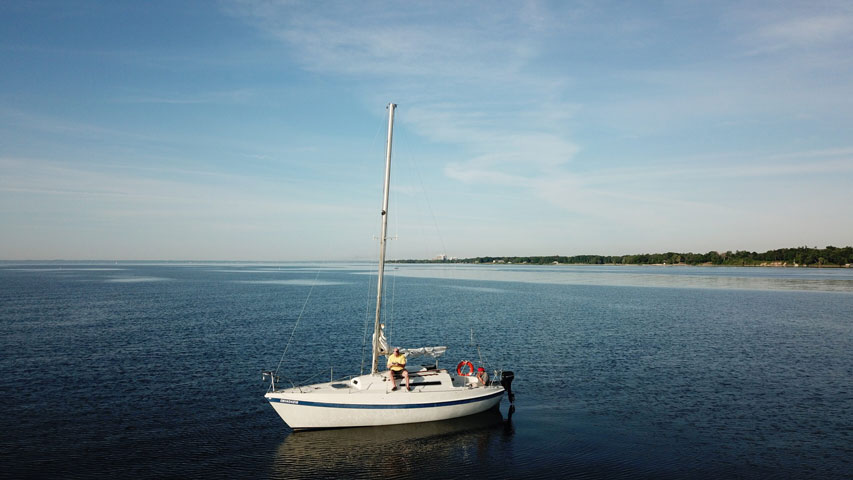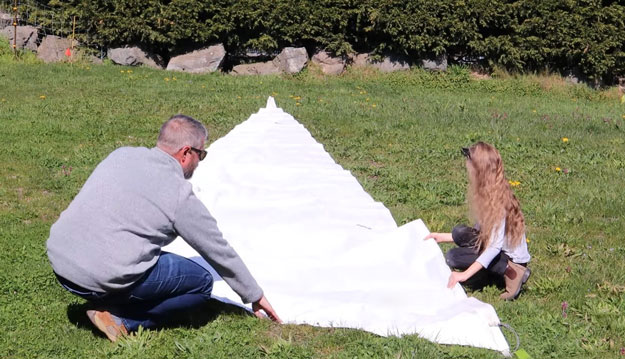At Precision Sails we are asked every day during our customer quote consultation “Should I choose Full Battens or Partial Battens for my new mainsail?” Whether you are cruising or racing you will need to examine the pros and cons of adding full battens to your main sail.


Full Batten Pros
- Larger Sail – The additional structure of the battens will allow the roach of the sail to be increased and result in a larger overall sail area (taking into account the position of your backstay of course!)
- Less Damage/longer life – When luffing the sail or flogging the sail in heavy winds, there will be less damage done to the leech with the support that full battens add
- Increased Light Wind Performance – In light winds properly tensioned battens give the sail proper shape and do not require wind energy to build shape. This results in better light wind performance
- Better Draft Shape – The added structure allows the sail to keep a higher performing shape in variable winds and rough sailing conditions and therefore results in an all round improvement in performance
- Maintain Sail Shape – The designed sail shape can become distorted and stretched over time from use and from the weight of the material itself. Full battens along with a proper batten recepticals/sliders on the luff will reduce stretch.
- Storage – Flaking the sail on the boom can be easier with full battens and even easier with a Lazy jack system
Full Batten Cons
- High Maintenance – Batten tension should be adjusted based on wind conditions. Often cruisers forget or don’t adjust the battens according to the wind conditions. This results in being overpowered by heavy wind or under powered in light winds
- Back Stay Rubbing – Many sailors with full battens experience rubbing on the back stay when under tension. (choosing the right sail designer, providing a few measurements, and discussing your preference can eliminate this)
- Mast Sliders Jamming – Some sailors experience jamming of the sliders when hauling or dropping the mainsail. This can be eliminated with a good sail design/designer that takes this into account and includes the proper receptacles for the battens
- Reduced Effectiveness of Sail Controls – Full battens limit a sailors ability to employ sail controls like the Cunningham, Flattening Reef, Leech and foot lines, introducing twist with the out-haul and down haul
- Increased Weight – Although modern battens are lighter and stronger than battens even a few years ago, every ounce of added weight counts when it comes to performance!
- Check Your Rating – Some classes will penalize you for full battens vs partial battens
- Difficult to Read the Sail – the increase structure to the sail shape reduces/eliminates luffing. Many novice sailors and cruisers rely on a luffing sail to indicate poor sail shape. To avoid this potential issue, install tell tales on the leech of the sail and learn to read the air as it flows off the sail.
- Cost – Full battens are more expensive than partial battens
2 Full and 2 Partial Battens
More and more sailors are choosing the middle ground in the Full Batten vs Partial Batten Debate: two full battens at the head of the sail and 2 partial battens toward the foot.
- Increased Performance – In lighter winds the sail has good structure higher where you tend to catch lighter winds
- Maintain Control – Partial battens toward the foot allow you to power the center of the sail using sail controls like a Cunningham, flattening reef, foot and leech lines
- Maintain Sail Shape – The designed sail shape can become distorted and stretched over time from use and from the weight of the material itself. Full battens along with a proper batten receptacle/slider on the luff will reduce stretch.
- Less Damage/longer life – When luffing the sail or flogging the sail in heavy winds there will be less damage done to the leech with the support that the battens add.



